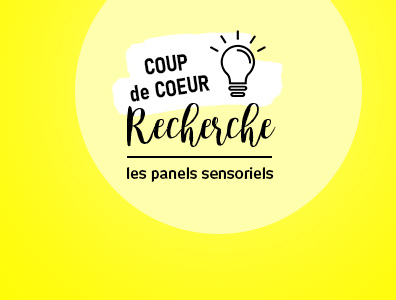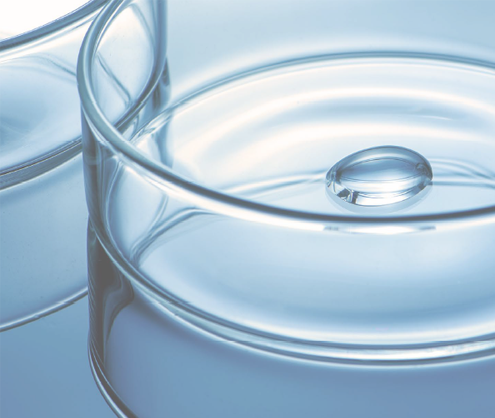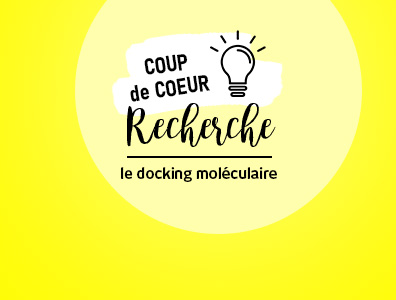
Coup de cœur RESEARCH
Spotlight on sensory panels
Sensory analysis studies our sensory perceptions in response to exposure to a product. It enables us to measure, describe and compare a product’s sensory characteristics, such as its appearance, smell, taste, texture and the sounds it makes. Relying on scientific methods and tools adapted to each sense, it is used in a wide range of industries such as food, cosmetics, pharmaceuticals, textiles, automotive… to design, improve or validate products and environments so that they are pleasant, ergonomic and comfortable for users.
The discipline consists of developing protocols for scientifically characterizing perceived sensations. It uses descriptors, perceptible characteristics that allow us to objectively assess the feeling. It is practiced with a
panel
panel: a group of volunteers, who may be “naïve” when they have no particular knowledge, or “trained” when they follow training sessions, or “expert” when they are trained and specialized in a particular field.
There is a wide range of sensory methods, depending on the objective: free profile, flash profile, qualitative profile, quantitative profile, temporal dominance of sensation… So, before considering a sensory analysis, it’s essential to determine your objectives and ask yourself the right questions to choose the right test. Are you launching a new product on the market? Compare products? Depending on the objective, several methods can be used and combined. To name but a few tests among the most common: the discriminative test to compare two products, the descriptive test to quantitatively describe the intensity of sensory characteristics, the hedonic test to evaluate the degree of pleasure that the product provides… Sensory evaluation is systematically complemented by the use of the statistics to measure the robustness of the data obtained and interpret the results. In this way, only significant results will help in the decision-making process.
EBI has been developing its expertise in sensory analysis for over 20 years. Its texture reference system has become an international benchmark in the cosmetics market. The EBInnov® laboratory houses 2 specially-equipped rooms, and its research is supported by a sensory panel of around one hundred specialists trained or expert in the evaluation of texture, odor and flavor perception. At the same time, EBI is developing professional training and standardization activities. The sensory team is led by Marc Lavarde, Research Lecturer in Statistics and Head of the Sensory Panel. An active member of the Non-food (aka Sensory Beyond Food) working group of the European Society for Sensory Analysis, he recently spoke at the Cosmetic Valley network’s Sensory Tours congress on the sensory performance of natural cosmetics.
EBI is developing its sensory analysis research activities in line with the expectations of its industrial and academic partners, to accelerate innovation in increasingly dynamic markets. The sensory team is currently involved in international academic work, such as the Developing Paediatric Primaquine program(EDTCP funding) to mask the bitterness of antimalarial drugs. In the medium term, applied research activities will focus on three themes:
- the introduction of new, simple and rapid characterization protocols adapted to solid and rinsed cosmetic products;
- the development of new standard references ;
- improved statistical processing of free profiles.
Contacts :
Dr Marc Lavarde, Sensory Panel Manager
Elodie Wallon, Sensory Analysis Research Engineer











